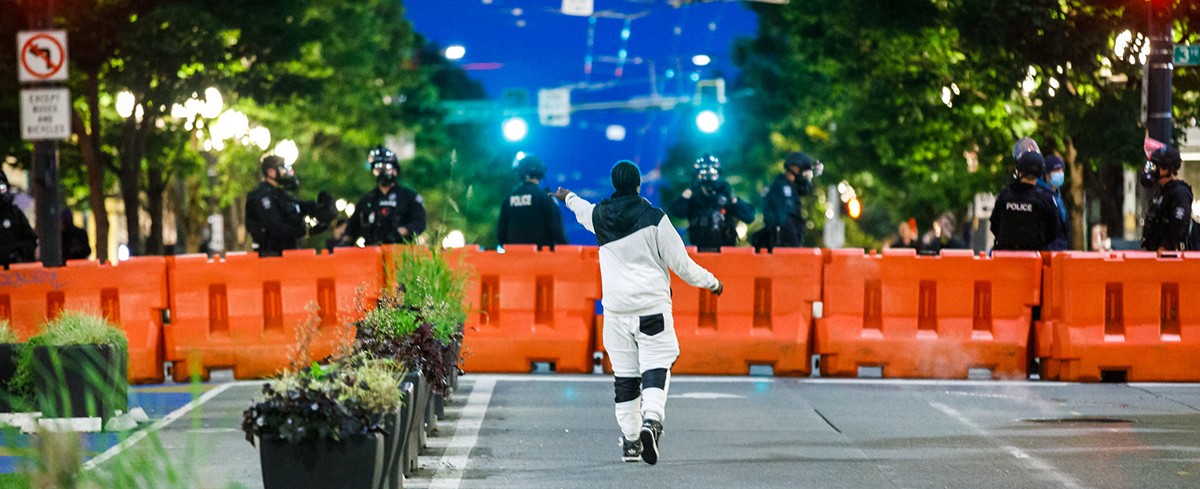
NPR: How Seattle’s police chief navigated city’s protests
NPR law enforcement correspondent Martin Kaste examines how Seattle Police Chief Carmen Best has navigated the protests for racial justice in her city that erupted in the wake of the death of George Floyd. In understanding the challenges faced by even reformist-minded police chiefs in working with activists, Kaste turns to University of Cincinnati criminologist Robin Engel, a nationally renowned expert in the field of policing piolicy.
Engel, a professor of criminal justice and director of the International Association of Chiefs of Police and the University of Cincinnati Center for Police Research and Policy, tells Kaste that activists should recognize the political realities faced by chiefs such as Best.
“They have gone to the streets. And that's important. And, actually, it's powerful. It gives power to law enforcement executives that are reform minded. But the citizens also have to demonstrate a willingness to work with law enforcement executives that are making these changes,” said Engel.
Read the transcript or listen to the complete story here.
Featured image at top: A protestor stands before Seattle police officers during the George Floyd protests in Seattle, WA. Photo by Derek Simeone/(CC BY 2.0)
Related Stories
News Cincinnati loved in 2025
January 2, 2026
The story of prohibition bootlegger George Remus was among WLWT's favorite segments in 2025. UC Law Professor Christopher Bryant spoke with journalist Lindsay Stone about Remus using a temporary insanity defense during a murder trial.
What to know about this year’s big tax changes
January 2, 2026
Local 12 reported that taxpayers can expect some major changes this tax season. Gary Friedhoff, adjunct instructor at the University of Cincinnati’s Carl H. Lindner College of Business, recently spoke to Local 12 about how to avoid surprises.
Study finds police officers face higher long-term health risks
January 2, 2026
J.C. Barnes, a University of Cincinnati professor, is interviewed by Spectrum News about new research showing that the physical and psychological demands of law enforcement can contribute to earlier deaths.
